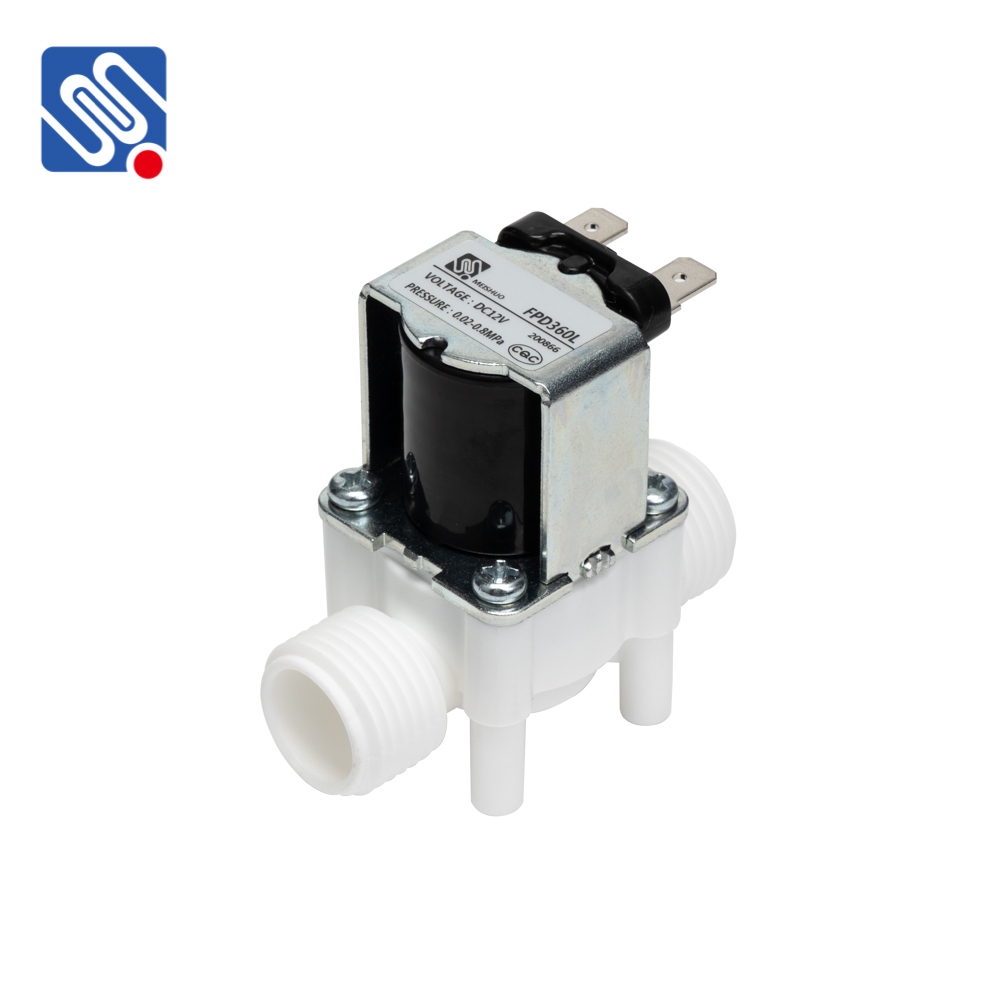understanding ac solenoid valves: key features and applications
Release time:2025-10-22 03:28:24
AC solenoid valves are essential components in modern fluid control systems, playing a critical role in a wide range of industrial applications. These valves use electrical energy to control the flow of fluids, typically air or liquids, through a system. By utilizing an electromagnetic mechanism, AC solenoid valves offer a precise and reliable way to regulate fluid flow in various environments. In this article, we will explore the working principle, key features, and common applications of AC solenoid valves.

Working Principle of AC Solenoid Valves
An AC solenoid valve consists of a few fundamental components: a solenoid coil, a valve body, and a movable plunger or valve element. The solenoid coil, when energized with alternating current (AC), generates a magnetic field. This magnetic field moves the plunger or valve element, either opening or closing the valve. When the coil is de-energized, the magnetic field disappears, and the plunger returns to its default position, restoring the flow of the fluid or stopping it entirely.
The simplest type of AC solenoid valve is a direct-acting valve, where the solenoid directly controls the valve's opening and closing. In some cases, there are also pilot-operated solenoid valves, where the solenoid controls a smaller pilot valve that, in turn, controls the main valve.

